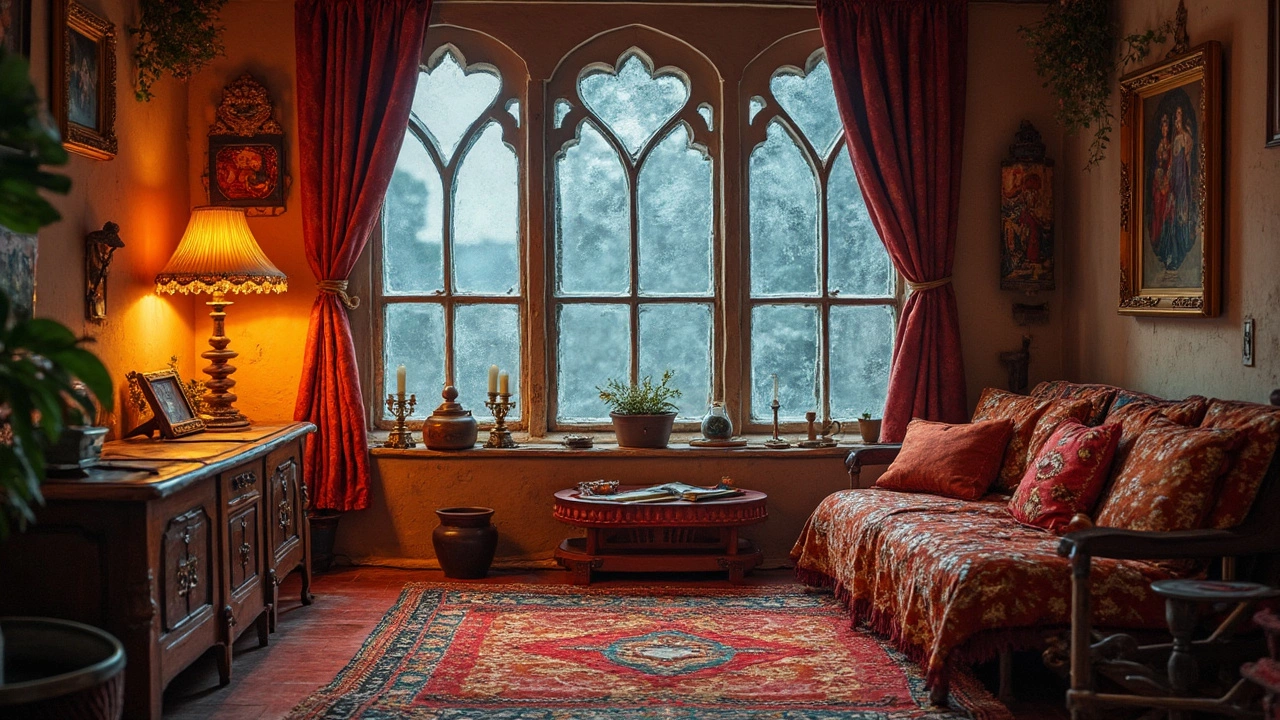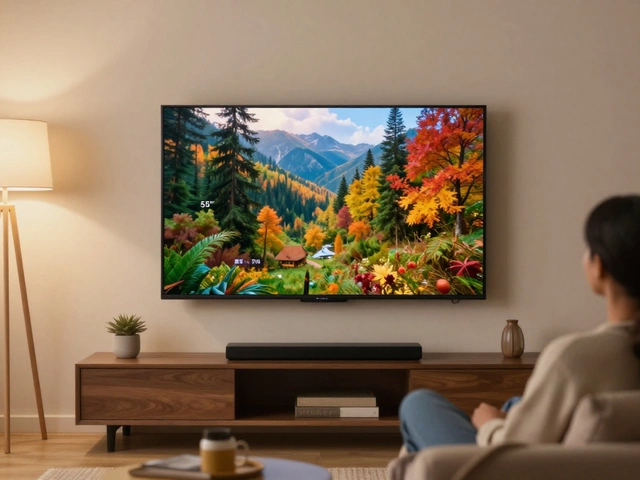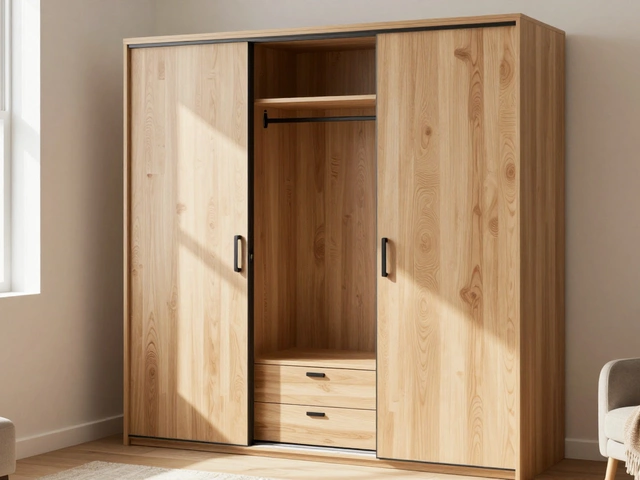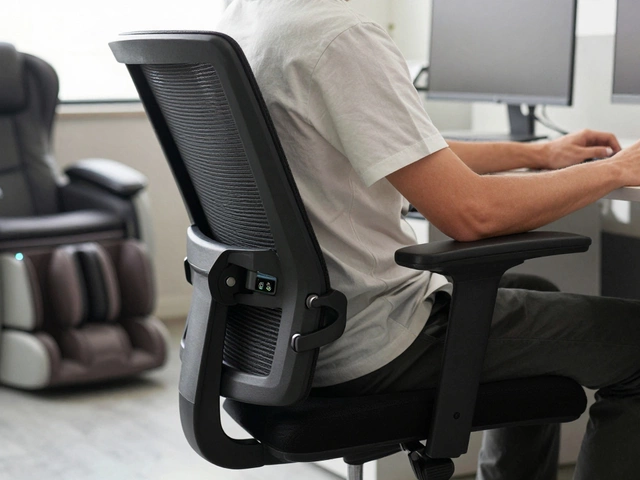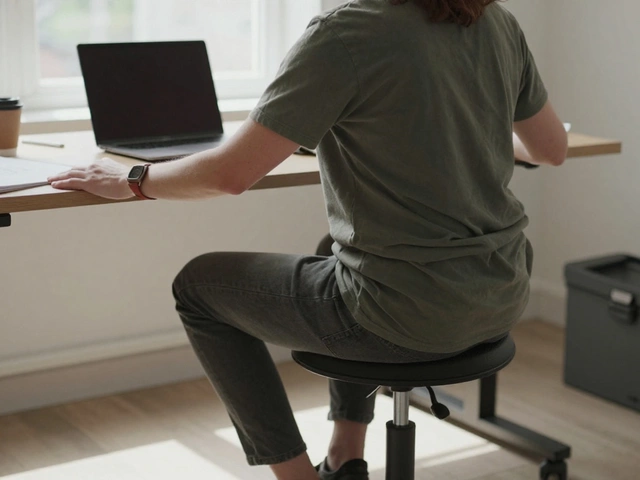Temperature Impact on Sofas: What You Need to Know
Ever wonder why your couch looks a little flatter after a hot summer or why the fabric feels tighter in winter? Temperature isn’t just a weather thing – it directly messes with the materials that make up your sofa. In this guide we’ll break down how heat and cold affect cushions, frames, and fabrics, and give you easy steps to keep your furniture looking fresh year‑round.
Heat: The Silent Warmer for Cushions and Frames
When the mercury climbs, foam cushions start to lose density. The cell structure expands, making the seat feel softer and more likely to develop permanent dips. Likewise, wood frames can dry out and crack if they’re exposed to prolonged sun or a warm, dry room. Even leather and synthetic fabrics can fade or become sticky under intense UV rays.
Practical tip: Keep your sofa out of direct sunlight. Use lightweight curtains or a sheer shade to block UV without making the room gloomy. If you can’t move the couch, rotate cushions every few weeks so the same spot isn’t always under the heat.
Cold: Shrinkage, Stiffness, and Unexpected Cracks
Cold does the opposite – it contracts fibers. Wool or cotton blends will tighten and can cause seams to pull apart. Wooden legs become brittle, and metal springs may lose their elasticity, leading to that annoying “creak” every time you sit down.
To fight winter damage, maintain a steady indoor temperature between 68‑72°F (20‑22°C). Use a humidifier if your home gets too dry; moisture in the air helps wooden parts stay flexible and prevents fabric from becoming too rigid.
Regardless of the season, regular maintenance is your best defense. Vacuum your sofa weekly to remove dust that can trap heat, and spot‑clean spills right away – moisture combined with temperature swings speeds up mold growth on the underside of cushions.
Finally, consider protective covers. A breathable slipcover shields the upholstery from both heat‑induced fading and cold‑induced stiffness while still letting the fabric breathe. Choose a material that matches your climate: cotton blends for hot areas, and heavier linen for cooler zones.
By understanding how temperature plays with the different parts of your sofa, you can make simple adjustments that extend its life and keep it looking great. Adjust lighting, use covers, and keep the indoor climate steady – and your couch will thank you with years of comfort.
How Cold Can Furniture Get Before It Suffers?
Storing furniture in cold conditions can be risky, leading to potential damage if not managed properly. This article explores the effects of cold temperatures on different types of furniture and provides practical tips on maintaining their integrity. Learn about the ideal storage conditions, which materials are most vulnerable, and how to avoid costly repairs. Discover practical solutions to mitigate cold-related damages and keep your furniture pristine.
